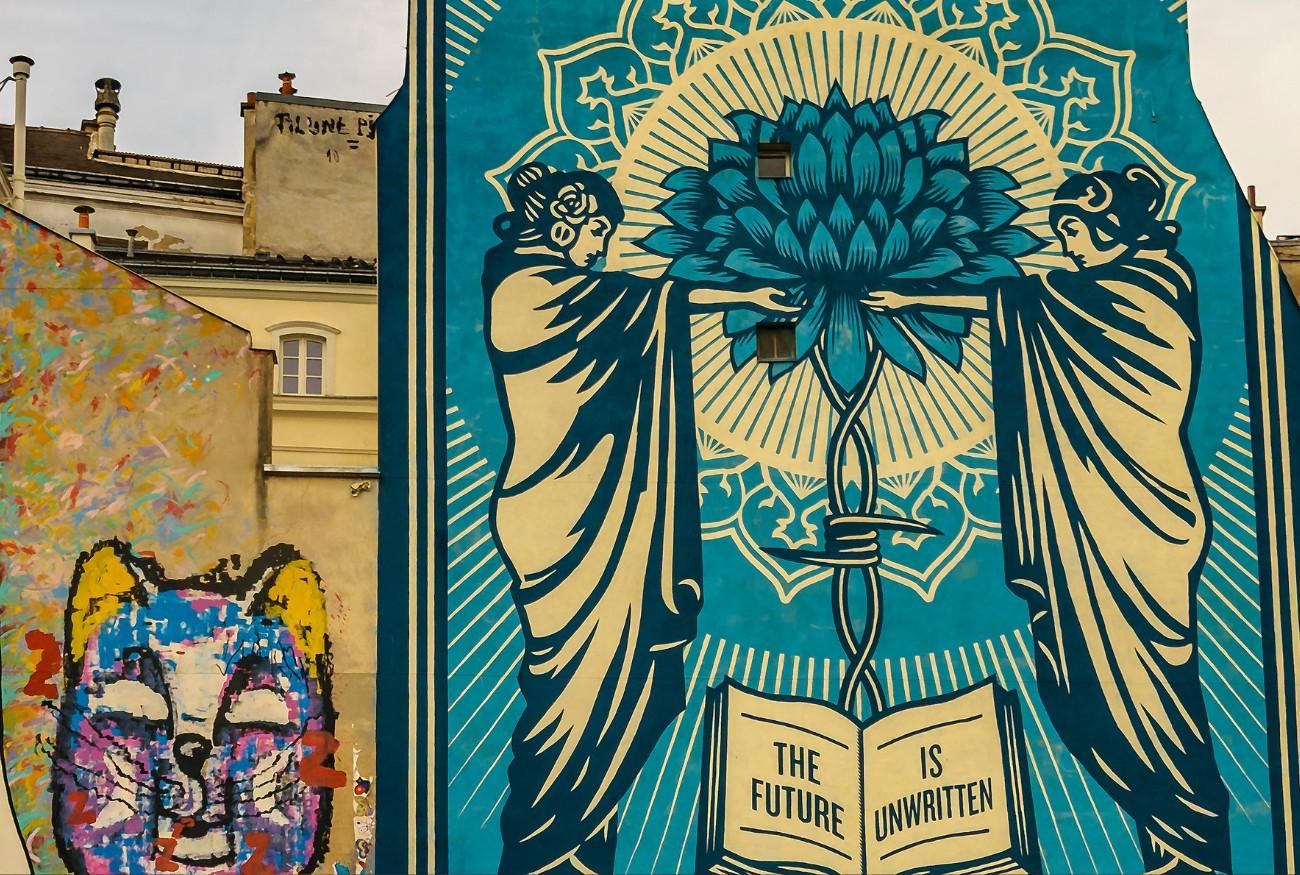Why Contemporary Artists Are Embracing Spirituality

Contemporary artists are increasingly embracing spirituality for a variety of reasons, reflecting broader societal trends and personal motivations. Here are some key factors driving this movement:
Search for Meaning:
1. Many artists are turning to spirituality as a way to find deeper meaning in their lives and work. In an increasingly secular and materialistic world, spirituality offers a way to explore existential questions and connect with something greater than oneself.
Response to Global Crises:
2. The world is facing numerous challenges, such as climate change, political instability, and social inequality. Spirituality can provide a sense of hope, resilience, and a call to higher values, which can be a powerful source of inspiration for artists addressing these issues in their work.
Integration of Diverse Cultures:
3. Globalisation has increased exposure to different spiritual traditions and philosophies. Artists are incorporating elements from a wide
range of spiritual practices, creating works that reflect a more interconnected and inclusive world view.
Personal Healing and Transformation:
4. For many artists, spirituality is a path to personal healing and transformation. Engaging in spiritual practices can help artists deal with personal struggles, mental health issues, and the stresses of modern life. This journey often becomes a rich source of creativity.
Breaking Artistic Boundaries:
5. Embracing spirituality allows artists to explore new themes, symbols, and practices, pushing the boundaries of traditional art forms. This exploration can lead to innovative and experimental works that challenge viewers and offer new perspectives.
Community and Connection:
6. Spirituality often emphasizes community and shared experience, which can be appealing in a time when social isolation is common. Artists may find a sense of belonging and support within spiritual communities, which can nurture their creative process.
Critique of Consumerism:
7. Contemporary art often critiques the consumerist culture. Spirituality, with its focus on inner values and non-materialistic goals, provides a counter-narrative to the dominant cultural paradigm, encouraging viewers to reflect on their own lives and values.
Mysticism and the Unknown:
8. The mystical aspects of spirituality—those that engage with the unknown and the transcendent—offer a rich terrain for artistic exploration. Artists can delve into abstract concepts and experiences that are difficult to articulate in conventional terms, using their art to communicate the ineffable.
In summary, contemporary artists are embracing spirituality as a way to seek deeper meaning, respond to global and personal crises, integrate diverse cultural perspectives, innovate creatively, and critique societal norms. This trend reflects a broader cultural shift towards exploring spirituality as a vital aspect of human experience.

